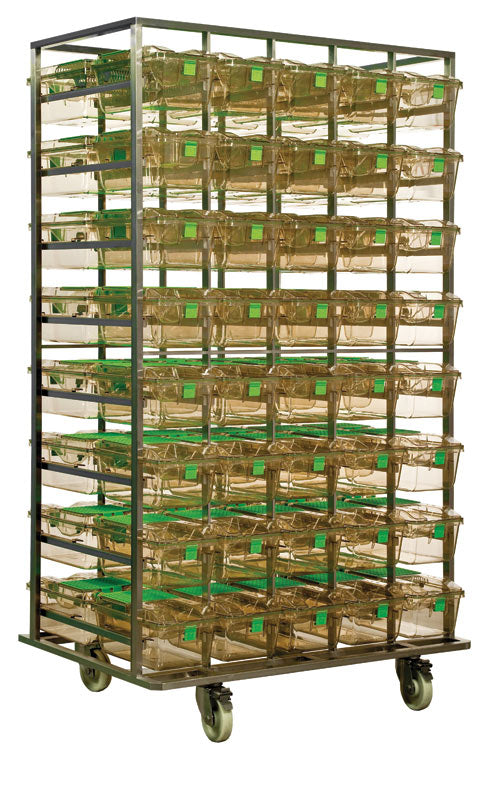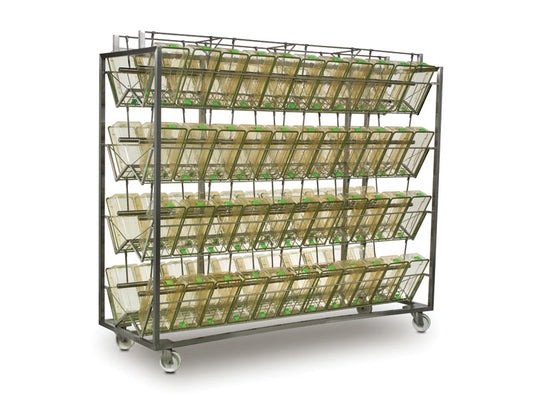Food grinding—sometimes called “pellet fragmenting” or “ort production”—is a common but often misunderstood behavior observed in laboratory mice. Care staff may notice that animals break food pellets into small crumbs, leaving piles of powder or fragments in the cage. While this can look like simple waste, research over the past decade suggests that food grinding may have multiple underlying causes, ranging from nutrition and diet composition to behavioral and environmental factors.
What the Research Shows
A comprehensive review published in 2024 by MDPI, “Food Grinding Behavior: A Review of Causality and Influential Factors,” summarizes current understanding of this phenomenon. The review highlights that food grinding is widespread across facilities and mouse strains and that the degree of grinding can vary dramatically between individuals. Some mice produce only a few crumbs, while others fragment large portions of their diet. The paper outlines several contributing factors:
-
Diet formulation and pellet hardness – Softer pellets or formulations that are easily gnawed tend to promote more grinding.
-
Behavioral motivation – Mice may grind as part of exploratory or stereotypic behavior, potentially related to stress or environmental monotony.
-
Nutritional selectivity – In some cases, grinding may allow mice to access more palatable or nutrient-rich portions of the pellet, discarding the rest.
Building on this, a 2025 study from the University of Kentucky, “Behavioral or Nutritional Drive: Which Motivation Affects Rates of Food Grinding in CD1 Mice?” sought to separate the behavioral and nutritional components of this activity. The researchers found that diet composition played a measurable role: providing high-fat diets or seed-based options significantly reduced grinding behavior. Their findings suggest that part of the drive may indeed be nutritional—mice alter their feeding strategies to meet metabolic demands or preferences.
Earlier work published in 2010 by SAGE Journals, “The Extent and Function of Food Grinding in the Laboratory Mouse (Mus musculus),” examined physical and environmental factors influencing grinding. The study tested different pellet hardness levels and cage enrichments and found both significant individual variation and strain differences. Interestingly, enrichment alone did not fully eliminate grinding, indicating that the behavior is multifactorial rather than a simple symptom of boredom or frustration.
Why It Matters
Understanding the roots of food grinding behavior is important for several reasons. First, grinding can lead to inaccurate measurements of food consumption if waste (orts) is mistaken for intake, potentially confounding nutritional or metabolic studies. Second, it may indicate underlying welfare or environmental factors that deserve attention—such as diet suitability, housing design, or stress levels. Finally, excessive grinding can increase husbandry effort and material waste, emphasizing the value of optimizing both diet composition and feeder design.
In Summary
Food grinding in mice is a complex, multifaceted behavior influenced by diet composition, pellet texture, individual differences, and environmental conditions. Current research suggests both nutritional and behavioral drivers play a role, with harder or less palatable diets, environmental monotony, and individual predisposition contributing to the tendency to grind. Continued study will help refine husbandry practices that minimize waste while maintaining animal welfare.








